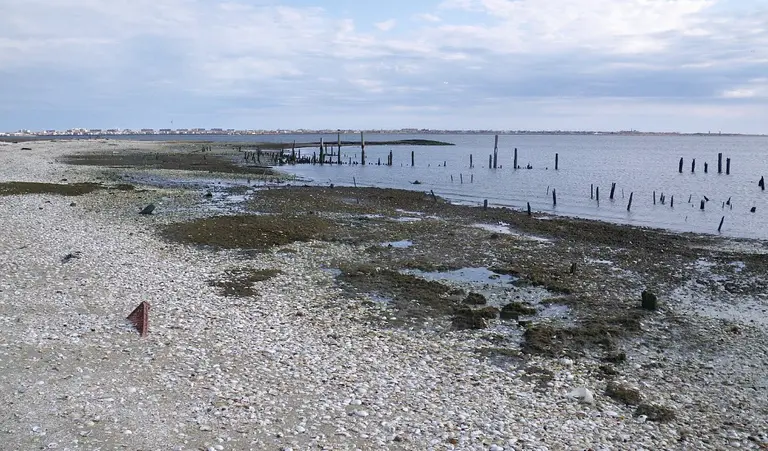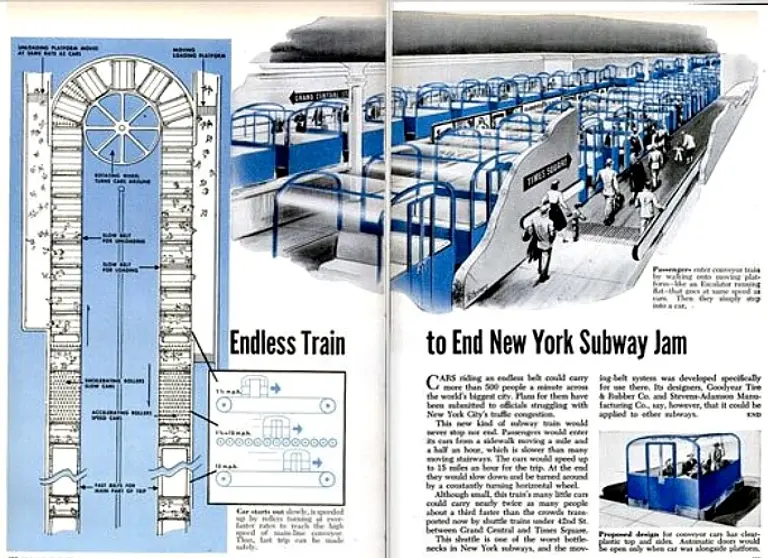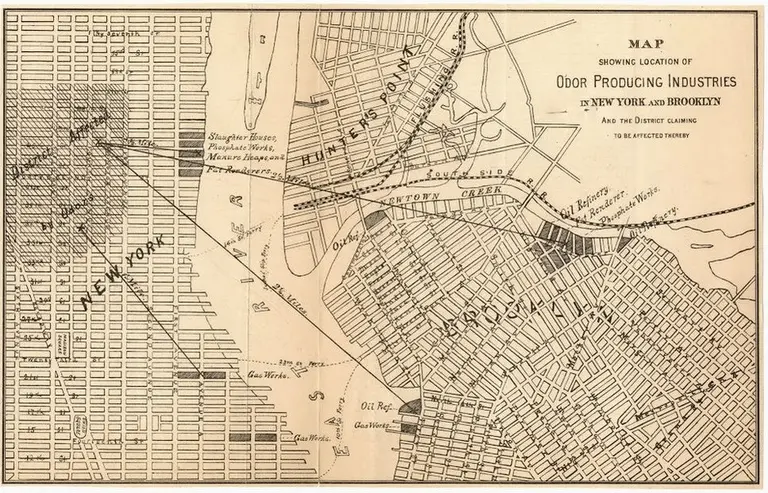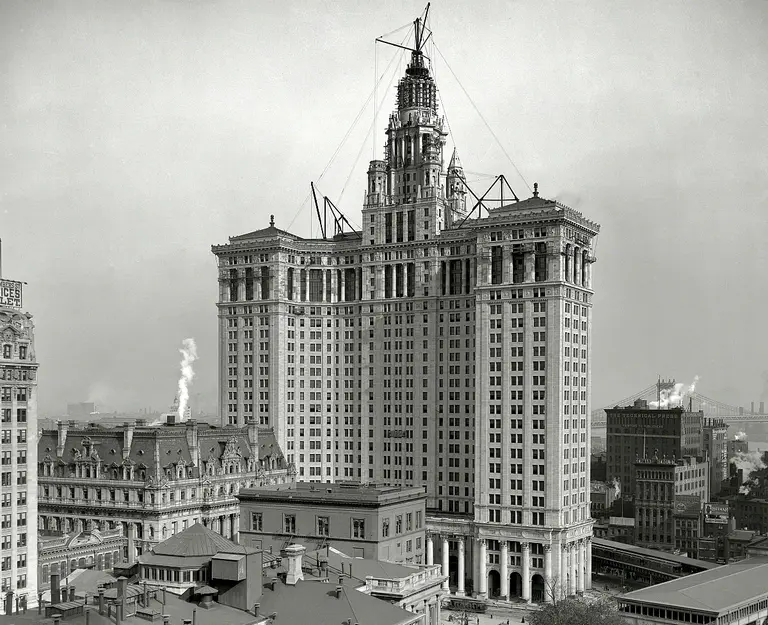March 18, 2015
New York has long been a haven for creatives, with some of art and music's most iconic producing their most profound works within the borders of our city. But few movements have proved as significant and lasting an influence on global fashion, politics and culture than hip-hop. In a new photo exhibit coming to the Museum of the City of New York (MCNY) next month, three of the most dynamic and renowned photographers of the hip-hop scene, Janette Beckman, Joe Conzo, and Martha Cooper, share their experiences at the height of the movement in the 1980s when it took not only the nation by storm, but the world.
The trio of shutterbugs share photos that zoom into hip-hop's pioneering days in the South Bronx, as DJs, MCs, and b-boys and b-girls were inventing new forms of self-expression through sounds and movement. Prominent hip-hop figures such as Afrika Bambaataa, LL Cool J, Run DMC, Salt N Pepa and Flava Flav are just a few of the faces documented, and in the series you'll get a look at the kind of life and vibrancy that permeated the Bronx and Harlem during the 1980s.
MCNY recently sent 6sqft a slew of the more than 100 photographs that will be on show starting April 1st. Jump ahead to get a taste of what's sure to be one of your most memorable and nostalgic museum visits.
See all the incredible photos here



